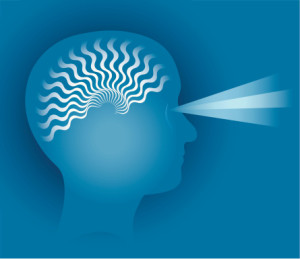
Breast Cancer Prevention
Breast self awareness means that you know your risk, get screened, know what is normal for you, make healthy lifestyle choices and perform self breast examinations. Learn more about how to look for changes and feel changes in your breasts. It’s not just about having a mammogram every year after 40, or a clinical breast exam beginning at 20 every 3 years until 40 when it’s best to go every year. It’s about daily awareness so your days can be bright for many more years.
Breast Cancer Prevention
Breast cancer prevention has been a great focus for many women since so many wonderful campaigns have broadened awareness. Although many risk factors may increase your chance of cancer, the precise relationship between each risk factor and the activation of cancer in breast cells is not known. Hormones are believed to play a role in many cases, but how this happens is not fully understood. There are also other factors that elevate the risk for breast cancer, such as, smoking, diet, silent inflammation, and more!
Breast Cancer Prevention
There is no sure way to prevent breast cancer. But there are things all women can do that might reduce their risk and help increase the odds that if cancer does occur, it is found at an early, more treatable stage.
Risk Reduction:
- If you limit alcohol use, exercise regularly and keep your weight under control, you are decreasing your risk of getting breast cancer. Women who choose to breast-feed for at least several months may also reduce their risk.
- Avoiding post-menopausal hormone therapy (PHT) also can help limit risk.
- Finding breast cancer early: Follow the American Cancer Society’s guidelines for early detection of breast cancer.
- Some risks cannot be avoided, but the odds of staying healthy may be improved.
- Genetic testing: There are tests that can determine if a woman has certain genes linked to breast cancer. If so, steps can be taken to reduce the risk of disease. However, the U.S. Preventive Services Task Force recommends that only women with a strong family history of cancer be evaluated for genetic testing. This group is only about 2% of adult women in the United States.
- Women can take charge of their own breast health by practicing regular self-exams to identify changes; scheduling regular doctor visits and annual mammograms and adhering to any treatment a physician may prescribe.
American Cancer Society recommendations for early breast cancer detection
The ACS recommends the following guidelines for finding breast cancer early in women without symptoms and without significant risk factors for breast cancer. (Women with risk factors for breast cancer should consult with their physician and reference the American Cancer Society’s website for additional recommendations).
Mammogram or MRI: Women age 40 and older should have a screening mammogram every year. While mammograms are not perfect, they are still a very good way to detect breast cancer. Women with silicone breast implants are advised to have an MRI.
Clinical Breast Exam: Women in their 20s and 30s should have a clinical breast exam (CBE) by a health expert at least every three years. After age 40, women should have a breast exam every year. It might be a good idea to have the CBE shortly before the mammogram. You can use the exam to learn what your own breasts should feel like.
Breast Self-Exam (BSE): BSE is an option for women starting in their 20s. Women should be told about the benefits and limitations of BSE. They should report any changes in how their breasts look or feel to their health professional immediately.
Research has shown that BSE plays a small role in finding breast cancer compared with finding a breast lump by chance. If you decide to do BSE, you should have your doctor or nurse make sure you are doing it properly. If you do a BSE on a regular basis, you get to know how your breasts normally look and feel. Then you can more easily notice changes.
The goal, with or without BSE, is to see your doctor right away if you notice any of these changes: a lump or swelling, skin irritation or dimpling, nipple pain or the nipple turning inward, redness or scaliness of the nipple or breast skin, or a discharge other than breast milk. Remember that most breast changes are not cancerous.





